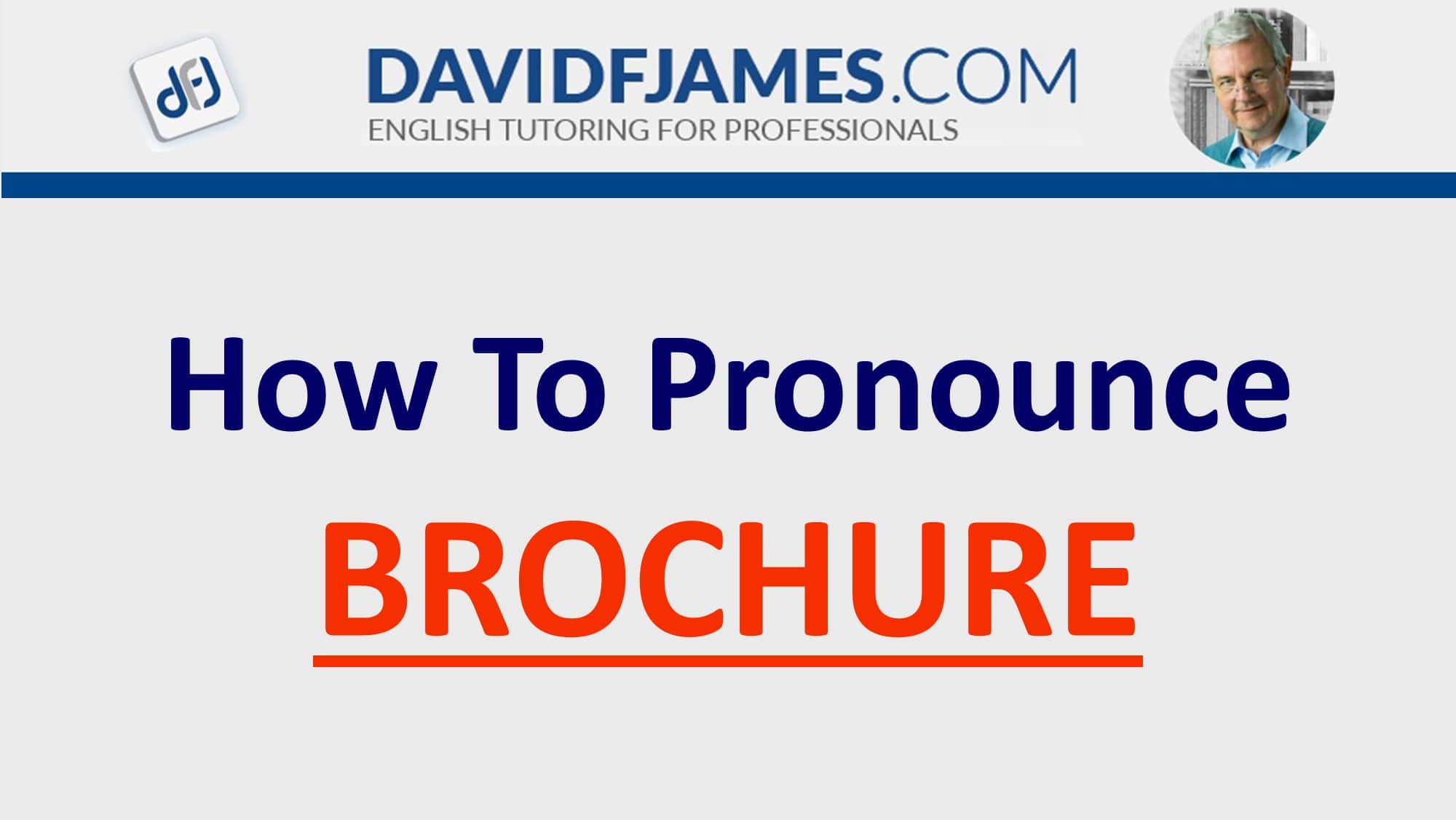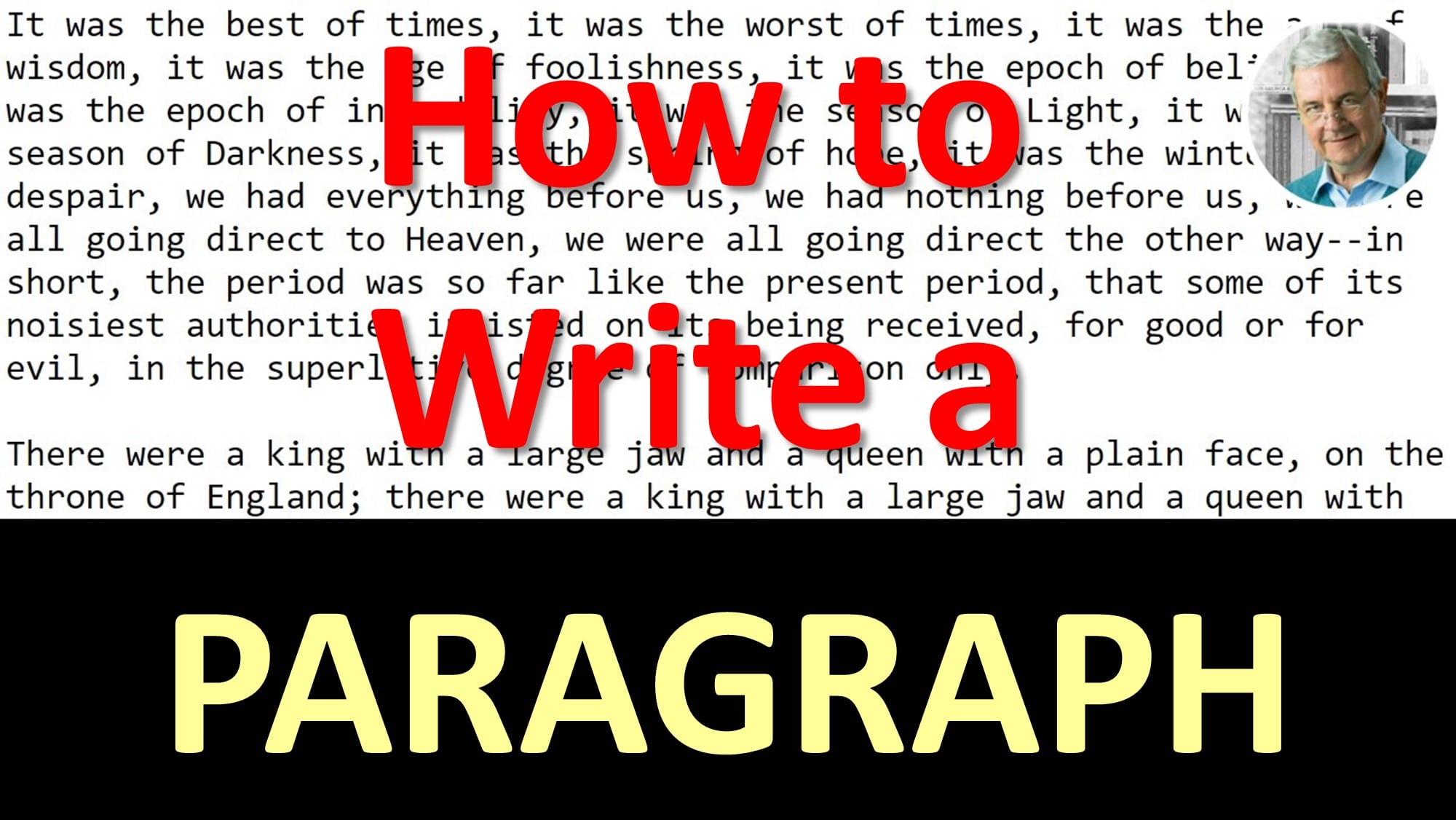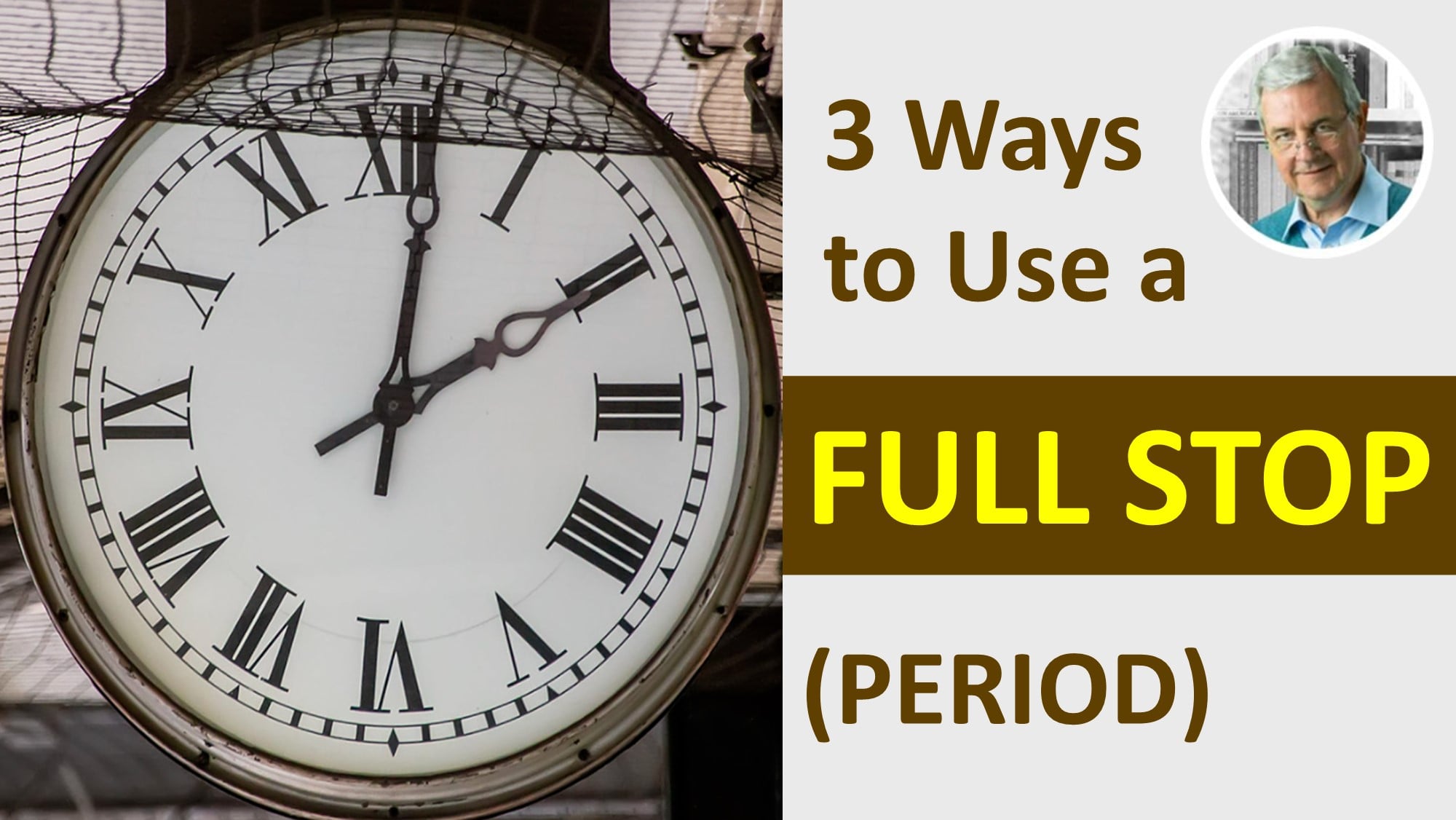When to Use QUESTION MARKS
When to Use QUESTION MARKS
This video simplifies grammar questions relating to the use of question marks by boiling it down to 3 main rules.
Illustrated examples are provided along with clipart images to make the meaning clear.
Improve your writing and make your written communication professional by learning how to use question marks correctly.
After seeing the video, look for opportunities today to use question marks clearly in your writing.
Here is a transcript of the video: How to Use QUESTION MARKS
Slide 2:
Remember, in English there are
7 QUESTION WORDS:
- HOW
- WHAT
- WHEN
- WHERE
- WHICH
- WHO
- WHY
Slide 3:
. . . and there are the 3 types of questions:
- Direct questions
- Indirect questions
- Rhetorical questions
Slide 4:
DIRECTION QUESTION
A question that demands an answer.
A question mark is always used at the end of the sentence, replacing a period.
Slide 5:
She asked her friend, “What are you going to do, now that you’ve lost your job?”
Slide 6:
She said, “I think it might stop raining by the time we get home, don’t you?”
Note: Here the question is simply asked for confirmation or agreement.
Slide 7:
INDIRECTION QUESTION
A statement containing a question word, or a statement with a question embedded in it.
A question mark is not used.
Slide 8:
She wanted to know which doctor her friend was seeing.
Slide 9:
She kept asking herself how much longer she was going to have to wait.
Slide 10:
RHETORICAL QUESTION
A question that is asked for effect, or to add emphasis. A verbal answer is not expected.
A question mark is optional.
Slide 11:
He suddenly blurted out, “Oh no, I’ve forgotten my keys; how could I be so stupid!”
Note: With this rhetorical question, the writer chose not to use a question mark but an exclamation mark instead for emphasis.
Slide 12:
Marriage is a wonderful institution, but who wants to live in an institution?
—Groucho Marks
Slide 13:
So to summarize,
How do you use question marks?
- Always with direct questions.
- Never with indirect questions.
- Optional with rhetorical questions.
Slide 14:
Has this video helped you? Hit LIKE now!
Slide 15:
Continually IMPROVE YOUR ENGLISH by subscribing to this channel.
Hit the subscribe button . . .
Slide 16:
Click the bell icon and choose All to be notified when there are new videos!
Slide 17:
Build A Powerful English Vocabulary with my FREE course on Udemy!
Go to: http://goodenglish.online
As you interested in when to use QUESTION MARKS, be sure to check another video from The Punctuation Guide:
When to Use QUOTATION MARKS
Image Credits:
Slides 1, 12 – wedding
Creative Commons
https://flic.kr/p/qZeio1
Slide 5 – two women
Creative Commons
https://flic.kr/p/xpW12p
Slide 6 – umbrella
Creative Commons
https://flic.kr/p/2jLczhq
Slide 7 – elderly friends
Creative Commons
https://flic.kr/p/o6yT5H
Slide 9 – waiting
Creative Commons
https://flic.kr/p/aU44aM
Slide 11 – man on phone
Creative Commons
https://flic.kr/p/BEaCN
Regarding the use of illustrations and photographs used in this video:
Creative Commons Attribution Licence
Others are allowed to copy, distribute, display, and perform copyrighted work – and derivative works based upon it if they give credit to the creator or source.
https://creativecommons.org/licenses/by/4.0/legalcode




